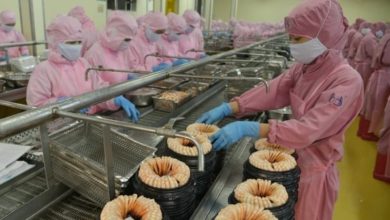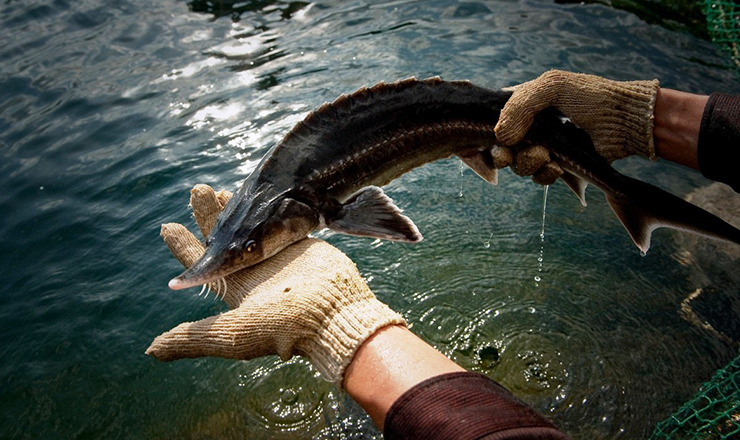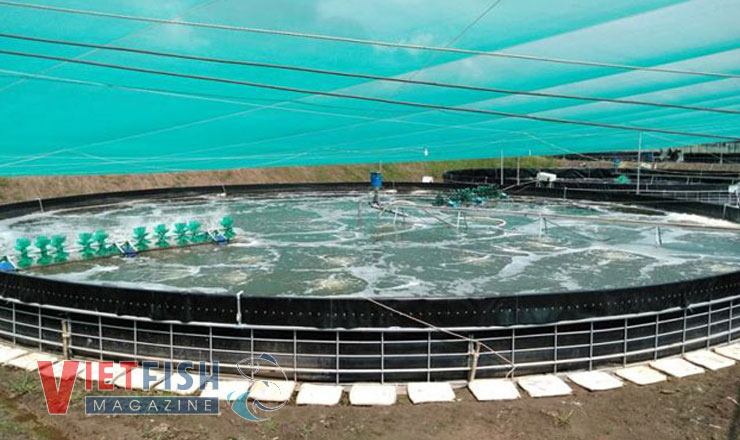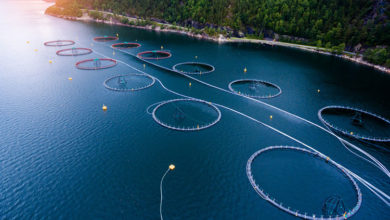Mekong Delta: Biological balance shrimp farming adapted to climate change
Some farmers in Soc Trang province have successfully implemented biological balance shrimp farming techniques without using chemicals to minimize environmental impact. This farming model adapts to climate change.
Challenges of climate change
Producing shrimp seeds and high-tech industrial shrimp farming are two promising forms that could position the Mekong Delta (ĐBSCL) at the forefront of shrimp farming in the country. However, climate change is significantly affecting the local aquaculture economy, altering the environmental and ecological factors for aquatic animals both in the wild and in farming ponds.
Moreover, shrimp farmers are facing challenges such as disease outbreaks and a sharp decline in raw shrimp prices since the beginning of the year, forcing many shrimp farming households to empty their ponds.
According to Soc Trang Fisheries Sub-Department, by the end of May 2024, the province had stocked nearly 14,000 hectares of shrimp ponds (a decrease of more than 4.6% compared to the same period). Of this, over 11,000 hectares were stocked with whiteleg shrimp, and the rest with black tiger shrimp. The estimated harvest was 14,000 tons, primarily whiteleg shrimp. Statistics show that about 400 hectares of shrimp farms experienced damage, accounting for 2.5% of the total stocked area and 117 hectares more than the same period last year.
The cause of the damage is mainly environmental factors (accounting for 152 hectares), with the remainder being due to shrimp diseases.
Biological balance shrimp farming
The biological balance shrimp farming model, which regenerates the living environment without changing water or using harmful chemicals like chlorine and antibiotics, implemented by household Thai Van Hoi in Vinh Chau town (Soc Trang), has shown high efficiency.
Hoi stated that this model particularly focuses on water preparation and treatment, isolating diseases entirely based on biological safety procedures, effectively eliminating disease causes early.
He improved the environment to apply the new farming process, starting with water environment preparation. “After about 90 days of farming, shrimp reached a weight of 22 shrimp per kilogram at a density of 60 shrimp per square meter and 33 shrimp per kilogram at a density of 150 shrimp per square meter,” Hoi shared.
According to evaluations by industry specialists, shrimp farmed under the biological balance process develop a shiny shell, firm flesh, and longer than usual antennae. Additionally, this farming process has multiple benefits, including adding minerals and vitamins in nano form, ensuring shrimp always absorb necessary minerals. The process also focuses on maintaining a stable environment to avoid stressing the shrimp.
Since Hoi applied this farming model, many people have come to learn and study his new farming methods. His goal is to help farmers develop responsible shrimp farming, reduce costs, increase profits, and aim for shrimp farming that meets international standards (ASC).
VFM






